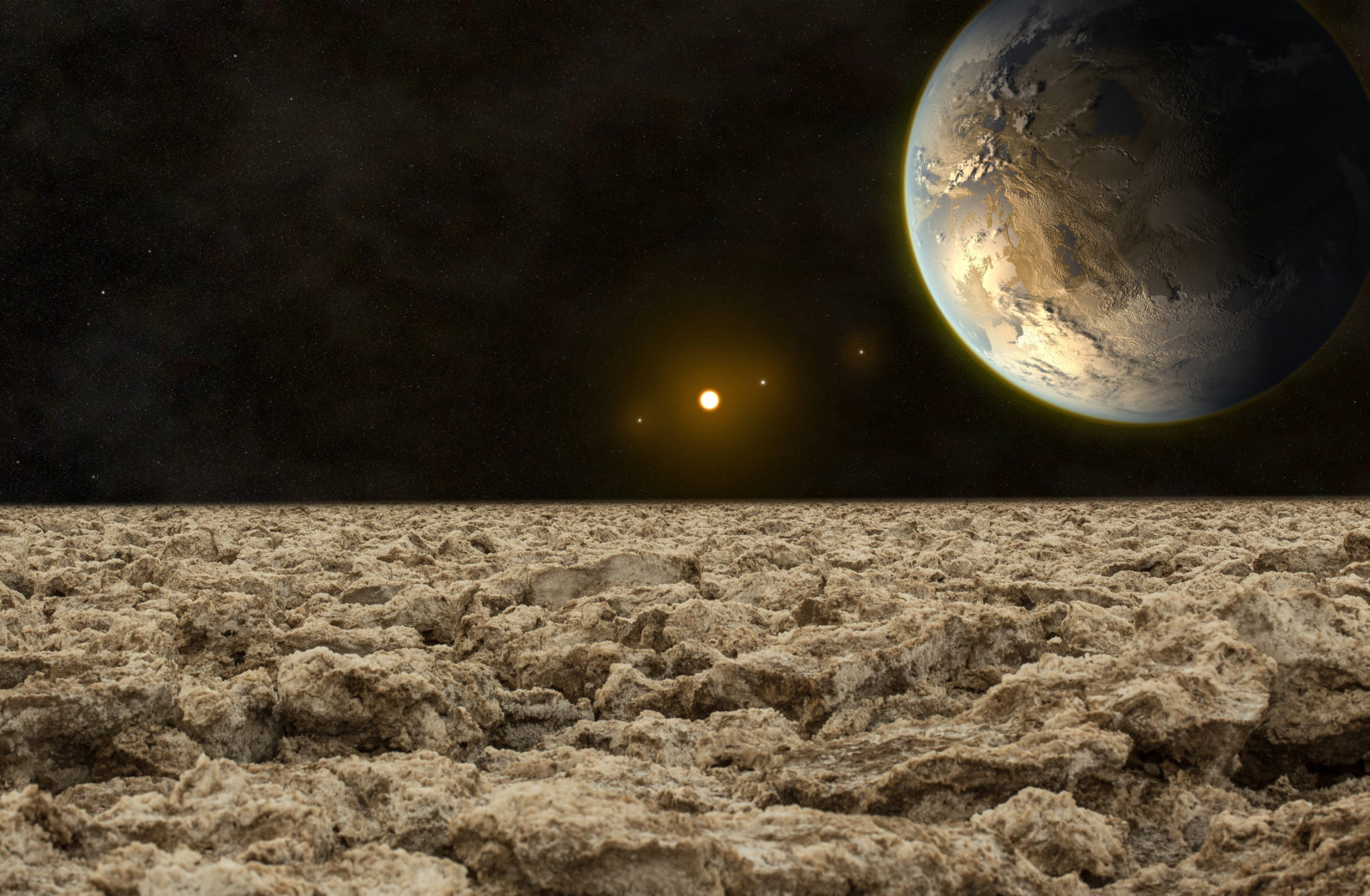So What Alien Tech Should the New Telescopes Be Looking For?
As powerful new telescopes come on line, we will be able to look for chemical signatures of civilization, not just lifeToday, powerful telescopes like the James Webb Space Telescope search among the now 5000 confirmed exoplanets for biosignatures — chemical compounds like methane and nitrous oxide — that are typically produced by life forms.
But what about technosignatures, evidence of an advanced civilization? These might be, for example byproducts of a nuclear fusion (tritium, for example) that is not associated with as nearby supernova. That’s on the agenda for the new telescopes coming down the line as well:
In 2021, the National Academies of Sciences released their Decadal Survey on Astronomy and Astrophysics 2020, called Astro2020. They release one every ten years, and each survey outlines the critical challenges in astrophysics and astronomy for the next decade. Astro2020 contains several recommendations that can advance the search for technosignatures. A NASA working group has released a white paper digging into the technosignature part of Astro2020.
Evan Gough, “Next Generation Telescopes Could Search for Intelligent Civilizations Directly” at Universe Today (March 23, 2022)
These very large telescopes would include Luvoir (2030s) and E-ELT.
Here’s the NASA paper.
But what should the astronomers look for? Four technosignatures have been suggested: megastructures to generate energy, industrial chemicals, light sails, and wormhole transport systems.
Industrial chemicals would seem to be the most obvious candidate of the four:
Human civilisation injects polluting chemicals into the atmosphere of Earth, and extraterrestrial civilisations may do the same. Such chemicals are not only potentially detectable but also unambiguously of intelligent origin.
If we observe a planet in a Solar System beyond our own, as the planet moves between us and its parent star, starlight will pass through its atmosphere and bites of light will be taken out at characteristic wavelengths of atmospheric chemicals. This allows astronomers to detect what substances are present in the planet’s atmosphere.
According to astrophysicist Prof Avi Loeb, some promising industrial chemicals to look for in these alien atmospheres are tetrafluoromethane (CF4) and trichlorofluoromethane (CCl3 F). Both of these chemicals are refrigerants and are the two easiest chlorofluorocarbons (CFCs) to detect.
Marcus Chown, “These 4 signs of alien technology could lead us to extraterrestrial life” at BBC Science Focus (March 22, 2022)
Civilizations capable of producing industrial chemicals need not be more advanced than ours. On the other hand, if a civilization could develop wormholes as rapid transport systems between one part of the universe and another, it is a good question why they did not reach us long ago. But in any event, in a decade or so, we may be able to start finding out whether there is anyone out there.
You may also wish to read: Elon Musk keeps buzz about extraterrestrials in the news He has said that we may be ET’s sims. Then this year he created an uproar by doubting UFOs — and another one months later by implying that they do exist. Huh? The Pentagon’s recent report on unexplained aerial phenomena (UAPs) and the new office aimed at tracking them may have renewed Musk’s optimism.
